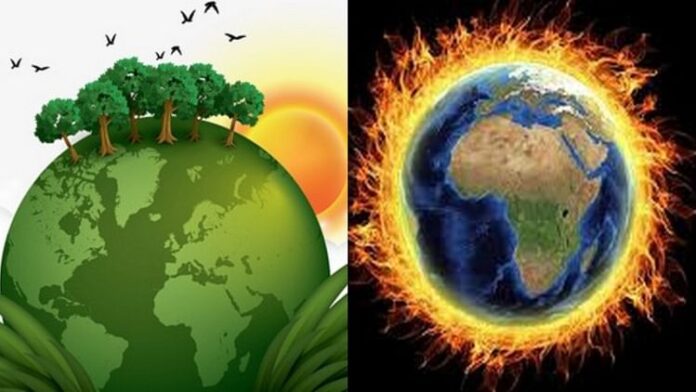
Climate change (symbolic picture)
– Photo: ANI
Expansion
Indian scientists have revealed the secret of regional climate changes by researching 42 years of satellite images. Floods in some places of the country and drought-like conditions in some places are the result of the deterioration of the monsoon cycle. Scientists have held the continuously melting sea ice in the Arctic responsible for this.
Scientists examined the teleconnection between India’s climate and Arctic sea ice. It was revealed that the continuous melting of ice is directly affecting India’s climate. Melting ice has increased rainfall in western India, while rainfall has decreased in the Barents Kara Sea, Gangetic plains and Northeast India. The study published in the special issue of the Elsevier Medical Journal on Remote Sensing of Environment has been done by researchers from Goa’s National Polar and Ocean Research Center and Mangalore University’s Department of Marine Geology, which was approved by the Ministry of Earth Sciences.
Reasons for melting of ice
The ministry said that for this study, scientists have examined the changes between 1979 and 2021 through satellite images and climate models, in which understanding the relationship between Arctic sea ice concentration (SIC) and Indian summer monsoon rainfall (ISMR) is very important to analyze regional climate change. It was attributed to changes in land-sea temperature, warming of the western Indian Ocean and changes in the Asian jet stream.
